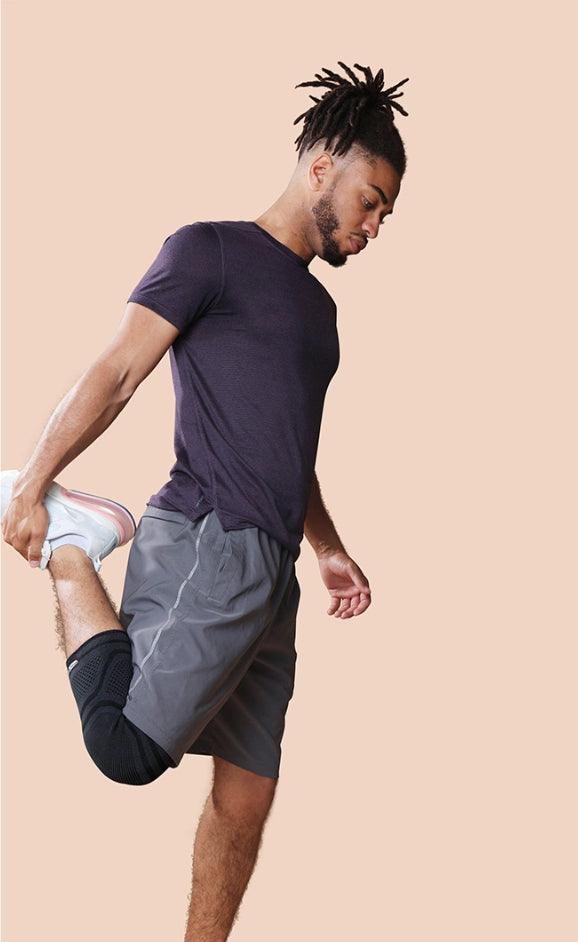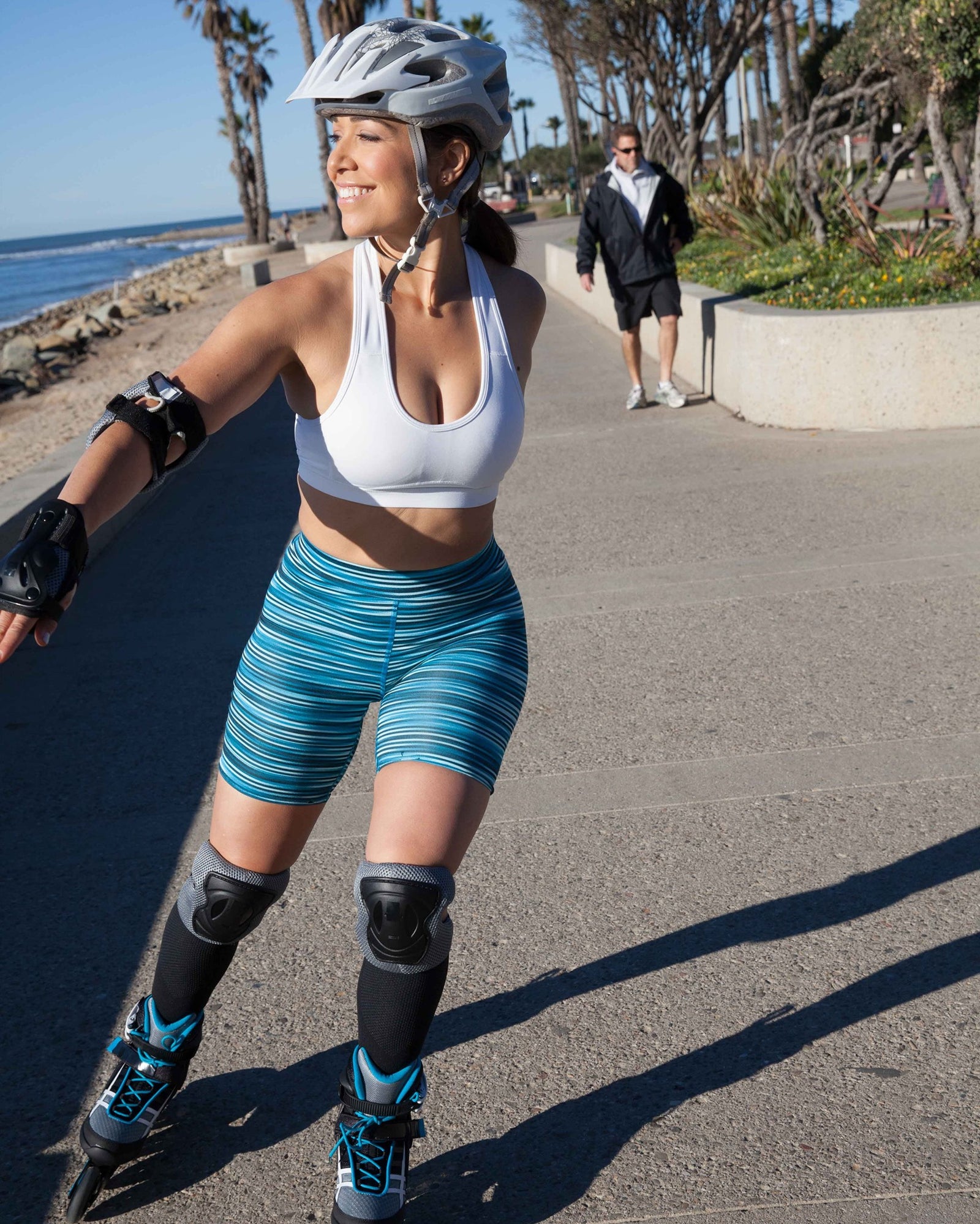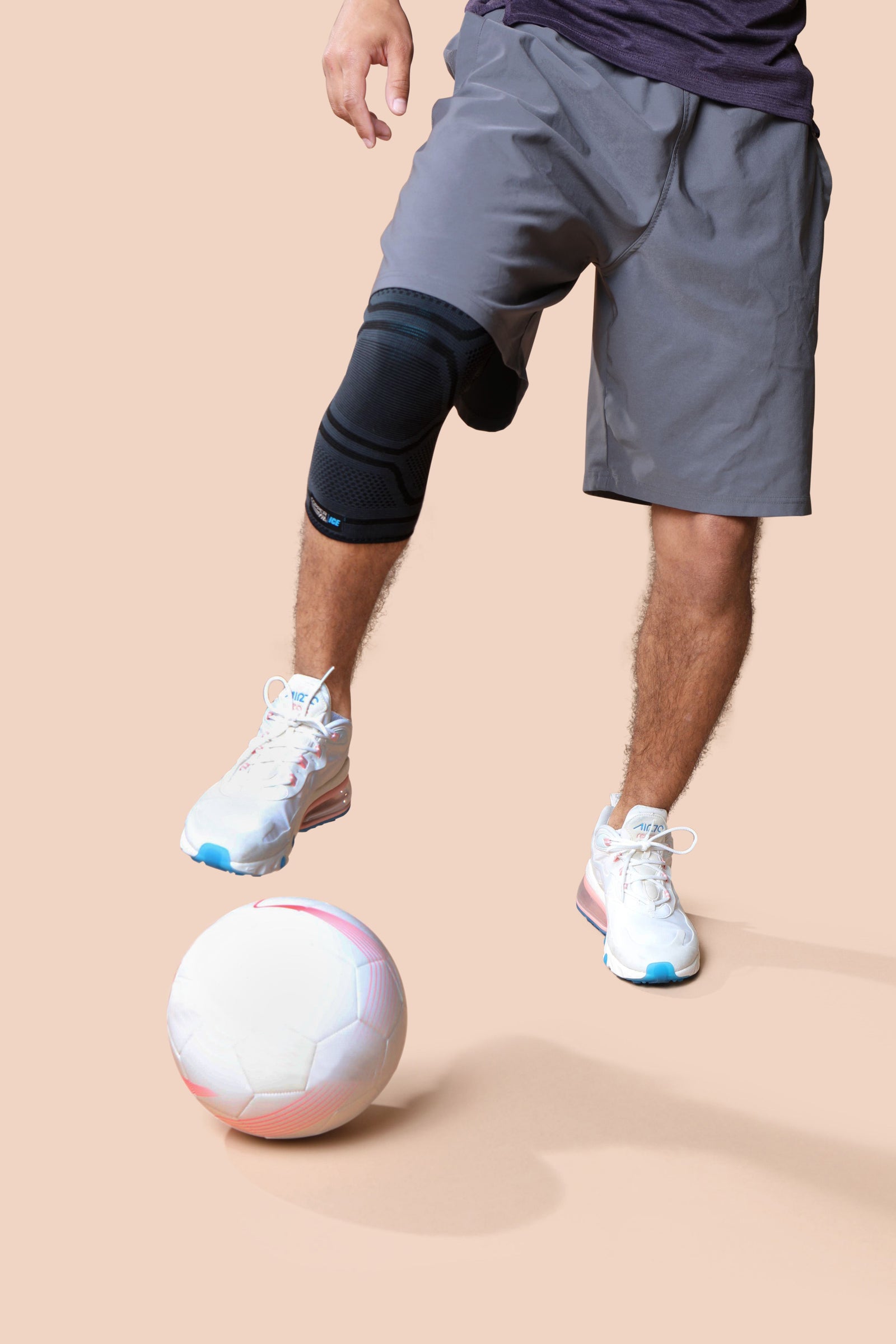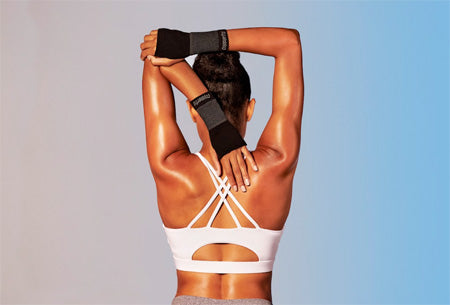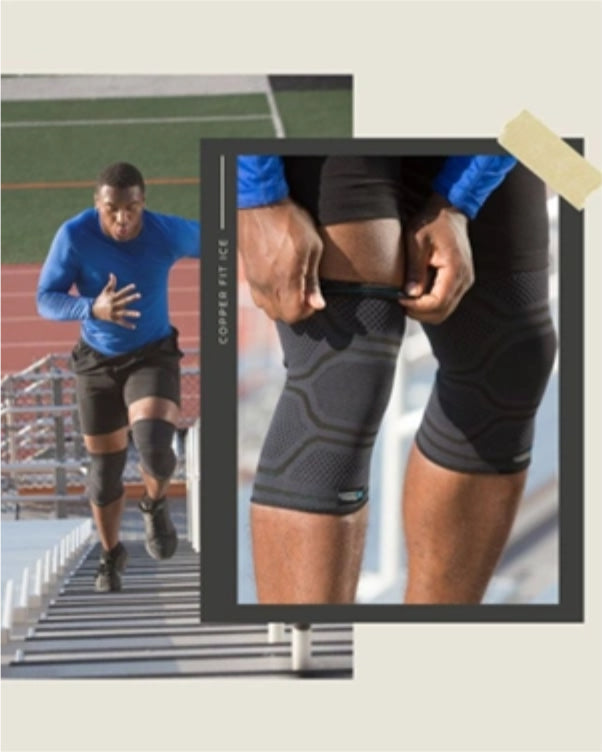
Key Takeaways
- Improving ankle mobility supports smoother, more confident movement during workouts and daily activities.
- Targeted exercises and stretches can help ease tension, strengthen stabilizing muscles, and encourage a fuller range of motion.
- Consistency—not intensity—is what helps the ankles feel more flexible, stable, and ready for activity.
Ankle mobility is one of the most overlooked parts of fitness, yet it plays a major role in how you walk, squat, run, jump, and balance. When the joint isn’t moving the way it’s meant to, the rest of the body works harder to compensate, which can lead to unnecessary tension or discomfort in other areas.
The good news is this: there are plenty of simple ways to improve ankle mobility. With the right stretches, exercises, and daily habits, you can help support smoother motion, better stability, and stronger performance, whether you’re new to training or already active.
What Is Ankle Mobility?
Ankle mobility is your ankle joint’s ability to move through its full, natural range of motion. This includes:
- Dorsiflexion: pulling your toes upward
- Plantarflexion: pointing your toes downward
- Inversion: moving the sole of your foot inward
- Eversion: moving the sole of your foot outward
Each of these motions helps the foot respond to the ground, stabilize your body, and support proper alignment. When one direction is limited, movement patterns can feel stiff or inefficient. For example, limited dorsiflexion can make it harder to squat deeply or walk uphill comfortably. Limited inversion or eversion may make balance or directional changes feel more challenging.
It’s also important to understand the difference between mobility and flexibility. Flexibility refers to passive stretch or how far tissues can lengthen. Mobility refers to how well a joint moves while you’re actively controlling the motion. Both play a role, but mobility is what helps you move with confidence and strength.
What Can Cause Limited Ankle Mobility?
Many people experience some level of ankle stiffness without realizing it. The most common contributors are simple, everyday behaviors, not just workouts or sports.
Tight Calves and Achilles Tension
The calf muscles and Achilles tendon directly influence how freely the ankle can move. When they’re tight, the ankle often feels restricted.
Sedentary Habits
Sitting for long periods reduces circulation and limits the ankle’s natural movement patterns, which can contribute to stiffness and decrease foot strength over time.
Previous Lower-Leg or Foot Injuries
Old sprains, strains, or overuse injuries can leave behind lingering tightness or reduced confidence in movement.
Repetitive Overload
High-impact activities like running or jumping can place repeated stress on the ankle complex. Without supportive recovery habits, this can cause tension and impact mobility.
Unsupportive Footwear
Shoes that don’t allow natural foot movement can limit ankle mobility and contribute to compensations elsewhere.
Natural Changes in Soft-Tissue Elasticity
Muscles and tendons respond to how often they’re used. When movement patterns become limited, tissues naturally become less responsive.
While these factors can create stiffness, they are also highly workable. With consistent mobility routines and supportive habits, most people can regain healthy ankle range and feel a noticeable difference in daily comfort.
How Better Ankle Mobility Supports Healthier Movement
Your ankles are the foundation for nearly every step, squat, and stance. When they move well, the rest of your body benefits, too.
Ankle mobility contributes to:
- Improved stability: Strong, mobile ankles help you stay grounded during shifting movements. This is essential for lifting, running, hiking, and even navigating uneven surfaces.
- Better alignment through the legs: When the ankle can flex and extend properly, the knees, hips, and core can work in harmony. This reduces unnecessary strain and supports smoother, more controlled movement patterns.
- Reduced feelings of tightness: Mobility routines help keep the ankle joint moving freely, which can ease daily stiffness and support quicker recovery after activity.
- Enhanced performance in training: Tasks like squatting deeply, landing softly, or pushing off explosively all depend on strong, mobile ankles. Small improvements here often lead to big benefits in how a workout feels.
9 Exercises & Stretches To Help Improve Ankle Mobility
Below are some of the most effective movements to help support flexibility, strength, and control in the ankle joint. These exercises are simple, approachable, and can be done anywhere—all you need is consistency.
1. Ankle Circles
Sit or stand with one leg lifted. Slowly rotate the ankle in large, controlled circles in both directions. Repeat on the other foot.
Ankle circles can help ease joint tension and encourage greater freedom of movement.
2. Calf Wall Stretch
Facing a wall, press the toe of one foot against the wall and step the other foot back, pressing your heel into the ground. Brace your hands against the wall, and lean forward slightly. This stretch can support better dorsiflexion and reduce tightness in the calf muscle.
3. Bent-Knee Soleus Stretch
Begin in a calf stretch, but slightly bend the back knee. This targets the soleus, a deeper muscle that strongly influences ankle flexion.
4. Knee-to-Wall Dorsiflexion Drill
Stand with your foot a few inches from a wall. Drive the knee toward the wall without lifting your heel.
This drill helps improve your forward range of motion, which is especially useful for squats and lunges.
5. Heel Drops (Eccentric Calf Lowers)
Stand on a step. Rise onto your toes, then slowly lower your heels below the step. The heel drop encourages controlled stretching and strengthening of the calves and Achilles.
6. Resistance Band Flexion & Extension
Loop a light resistance band around the ball of your foot. Point and flex slowly against the band’s resistance, keeping the movement smooth and controlled. This exercise strengthens the muscles that help the ankle stabilize and move through a healthy range.
7. Ankle Inversion & Eversion Band Work
With the band looped around the foot, gently pull inward for inversion and outward for eversion while keeping the leg still. This helps build strength in smaller stabilizing muscles that support side-to-side movement and balance.
8. Toe Walks & Heel Walks
Walk forward on your toes for 20–30 steps, then switch to your heels for the same distance. This can support lower-leg endurance and help reinforce strong, stable foot mechanics.
9. Single-Leg Balance Hold
Stand on one leg for 20–30 seconds, keeping your foot relaxed but engaged. Switch sides and repeat. This movement helps strengthen stabilizers in the ankles and lower legs, increasing steadiness during daily movement.
More Ways To Support Ankle Mobility
Improving ankle mobility isn’t only about stretching or strengthening. Small daily habits can help your ankles feel stronger and more supported as you move.
Build Warm-Ups Into Your Routine
Warming up helps prepare the ankle joint for movement. A few minutes of marching in place, ankle circles, or light walking can ease stiffness and help support smooth movement during your workout.
Choose Footwear That Supports Natural Motion
Shoes with proper structure and cushioning help reduce unnecessary tension and allow the foot to move comfortably. This makes a noticeable difference in how freely the ankle can function throughout the day.
Move Throughout the Day
When you sit for long periods, the ankle stays in a single position. Taking short breaks to stand, walk, or flex your ankles helps break up stiffness and keeps your joints more responsive.
Stay Consistent With Recovery on High-Impact Days
After running, jumping, hiking, or lifting, gentle mobility work helps your ankles recover and stay adaptable. A few minutes of stretching or band work can support long-term comfort and smoother movement patterns.
Use Compression Gear
Compression gear provides gentle, targeted support that can help support healthy blood flow during and after activity. This added support can help soothe feelings of tension or stiffness while you move.
Compression socks or ankle sleeves can also promote comfort and help the ankle feel more stable during workouts or long days on your feet. They’re a simple way to reinforce the work you’re already doing with mobility exercises.
Prioritize Balance Training Weekly
Even a few minutes of balance work can improve how your ankles respond to quick changes in direction or uneven surfaces. This translates to better control during everyday activities and exercise.
FAQ
How long does it take to improve ankle mobility?
Most people notice small improvements within a few weeks if they practice mobility exercises consistently. The more regularly you work on your ankles, the faster they tend to feel more flexible and stable.
Can I improve ankle mobility at home without equipment?
Absolutely. Many of the most effective stretches and drills—like calf stretches, ankle circles, and knee-to-wall work—require no equipment at all. A resistance band can help, but it isn’t necessary to see progress.
Is ankle mobility important for lifting weights?
Yes. Strong ankle mobility supports deeper, safer movement patterns during exercises like squats, lunges, and deadlifts. When your ankles move well, the rest of your lower body can function with better alignment and control.
The Bottom Line
Healthy ankle mobility supports your ability to stay active, feel confident in your movements, and enjoy the activities you love. It doesn’t take much time—just a few thoughtful stretches, simple strength exercises, and supportive daily habits.
At Copper Fit, we create compression gear designed to work alongside your mobility routine by helping support healthy blood flow, soothing everyday tension, and offering comfortable stability as you move. Our goal is to help you stay active, feel your best, and keep moving with confidence every single day.
Sources:

